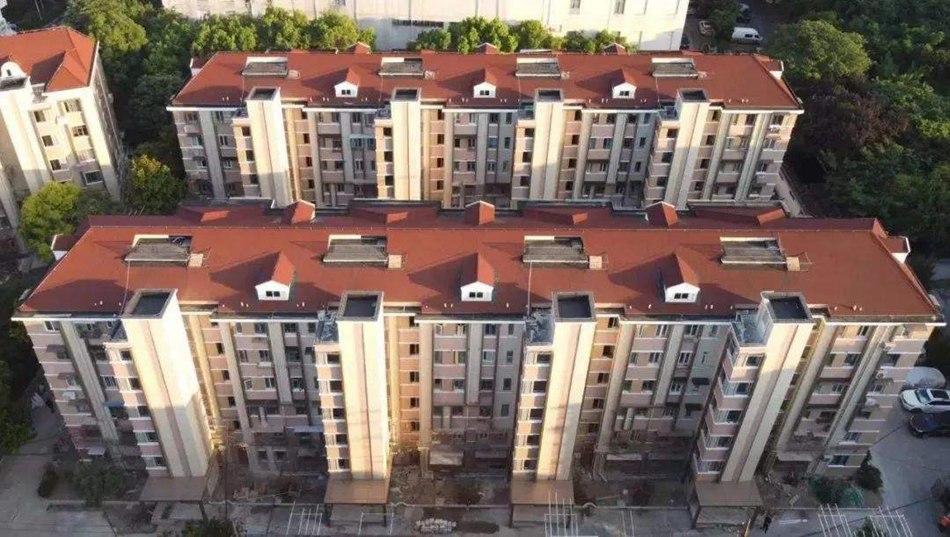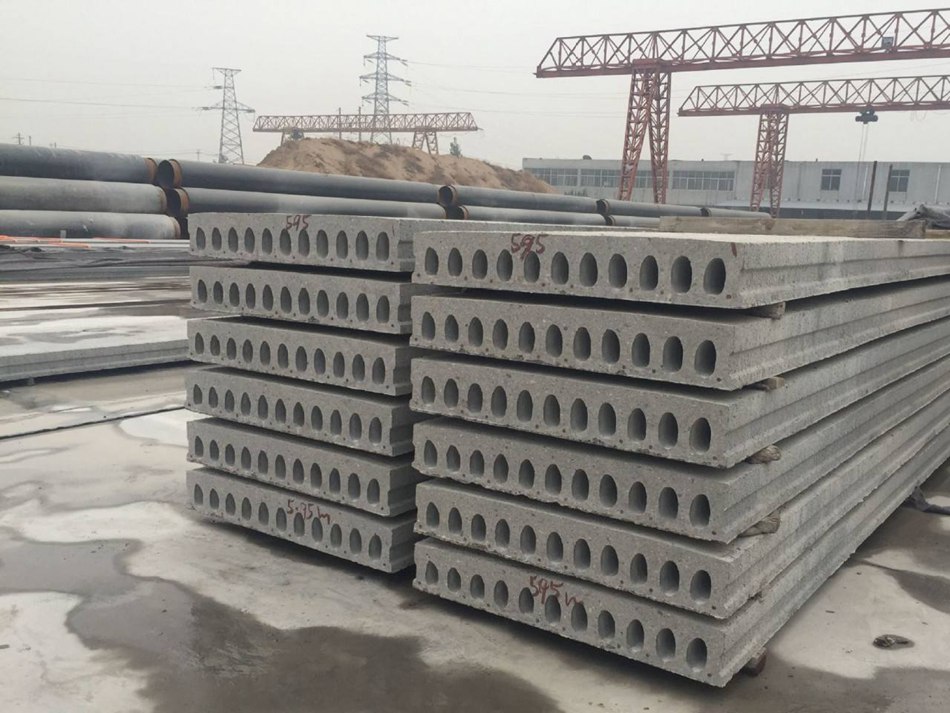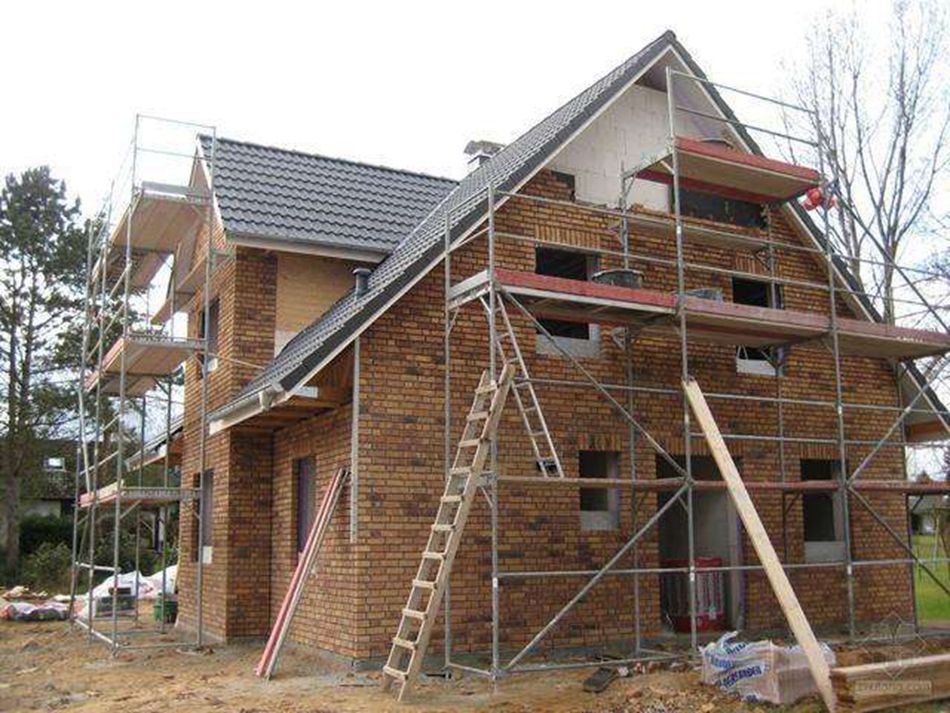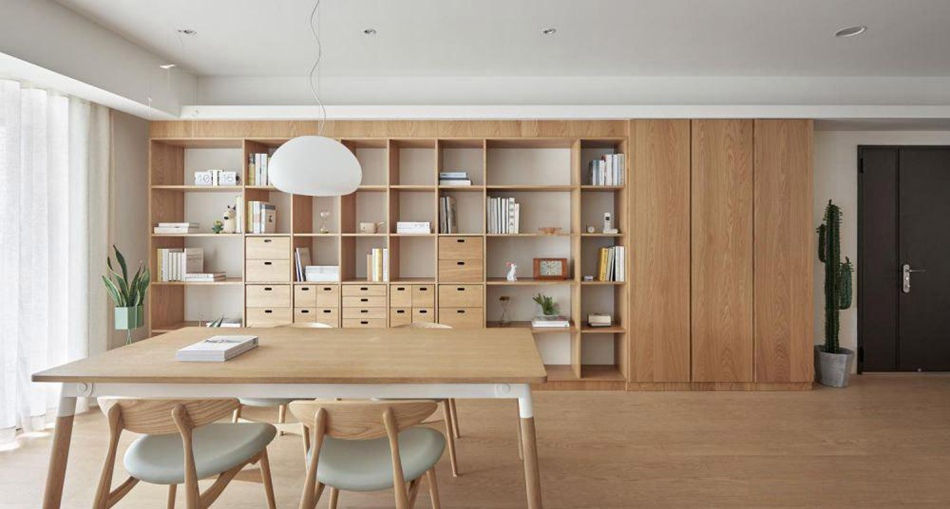- High End Gypsum Board System Solution Provider
What is a prefabricated house? How can we solve the problem of "old and dilapidated" prefabricated house decoration after buying it
As a self media editor for architectural decoration and building materials, Jason Gypsum Board has some knowledge of the structural development history of residential buildings in China. In this article, we will delve into what prefabricated board houses are? What is the relationship with prefabricated floor slabs? If you buy a multi story residential house, how can you decorate it to avoid some residential problems caused by structural defects. Let's unfold one by one below.

Let's first talk about what prefabricated panels are. Prefabricated panels are floor slabs used in buildings at the end of the 20th century. Because they are cement prefabricated components produced and processed in prefabrication factories, they are directly transported to the construction site for installation, so they are called "prefabricated panels". To put it bluntly, it is a pre processed hollow cement board.

Many people would say that prefabricated panels are definitely not as sturdy as reinforced concrete floor slabs. There is no problem with this statement. Indeed, in the 1980s and 1990s, in order to meet the living conditions improvement needs of industrial workers, Shanghai was used as a pilot to replicate the successful experience to the whole country, and a large number of multi story residential areas with five or six floors were built. These multi story residential areas mostly use prefabricated panels as floor materials, so they are commonly referred to as "prefabricated panel houses".

But as prefabricated panel houses, different construction years also mean that the building structure itself is different. In the 70s and 80s, brick and concrete structures were basically used as the main structure of the building. The quality of this form of housing was not very good, with a maximum service life of only forty or fifty years. Now, it is basically time to demolish and rebuild it; In the 1990s and early millennials, it was common for multi story residential buildings to use frame structures as the main building structure. This building method, which uses beams, slabs, and columns as load-bearing structures, has much greater durability and seismic performance than brick and concrete structures, and its service life can fully reach the expected 70 years or even longer.

Therefore, although prefabricated panels are used as floor slabs, multi story residential buildings with frame structures are still the mainstream in many residential areas. Naturally, the drawbacks of this architectural form have also been widely criticized. The biggest problem is the following two points: firstly, the sound insulation performance of prefabricated slab floor is far inferior to that of reinforced concrete floor; Secondly, the overall building is more susceptible to ground subsidence, which can cause cracking of the masonry layer.

How to solve the problem of poor sound insulation performance. I believe this is also the most troublesome problem for homeowners living in multi story residential buildings in their daily lives, constantly tugging at the noise of daily life. Although external noise can be isolated with double-layer vacuum glass aluminum alloy windows and thick solid wood door sets, the impact of poor sound insulation effect of prefabricated floor slabs on daily activities upstairs and downstairs residents is difficult to solve. Especially if the upstairs residents install inferior solid wood flooring, it is as if it has "covered a big drum" on your head, which is really frustrating. In fact, it is also easy to solve the problem by using the Jason sound insulation ceiling system for full roof sound insulation coverage. If considering the low floor height of multi story residential buildings, the Jason card type keel ceiling system can be used as a sound insulation ceiling, and the minimum thickness of the ceiling can be controlled within 6CM. This way, the noise problem from upstairs can also be greatly alleviated, at least not so affecting daily life. At the same time, this method can also achieve the most popular "no main light design" top lighting layout in one step, complementing the simple and luxurious design and decoration style.

How to solve the problem of cracking in the masonry layer. The powder masonry layer is actually the cement layer on the walls of a house. Due to ground settlement and uneven construction quality of the building itself, it is very likely that many families will find large cracks and peeling on the wall when the prefabricated panel house is 20-30 years old. This is caused by the cracking of the powder masonry layer. To solve this problem, many people choose to knock off all the cement layers and repaint them during the overall renovation and renovation of the house. However, this approach requires a significant investment and may lead to wall cracks resurfacing in the next ten to twenty years.

In fact, to solve the problem of cracking in the powder masonry layer once and for all, a "fully decorated facade" approach can be adopted, which means that all walls are covered with decorative surfaces. Even if there is a certain degree of cracking in the powder masonry layer, it cannot be seen. If not seen, it is considered a "dimensionality reduction blow" to the wall cracks. For example, customized storage spaces such as cabinets, bookshelves, and shelves can be used for facade decoration, which is both beautiful and practical; The blank wall space can be fully covered using Jason Uber high-performance gypsum based fiber board and metal veneer wall system. With the high strength and durability of Uber board, not only does it perfectly solve the problem of cracking in the powder layer, but it can also be used as a base board to install wall lamps, large oil paintings, hard and soft packaging finishes on top, achieving full functionality.

From the perspective of decoration, these two headache inducing problems have been solved. Jason's gypsum board editor believes that prefabricated slab multi story residential buildings are not as difficult to accept as imagined. After all, most multi story residential buildings are located in the city center area and may still be school district houses. Not only is the living facilities complete and transportation convenient, but the biggest advantage is the high occupancy rate, which generally reaches over 80%. This also makes various new high-rise and super high-rise residential owners envious.
(Some of the images are from the internet. If there is a possibility of infringement, please contact the editor to delete them.)
